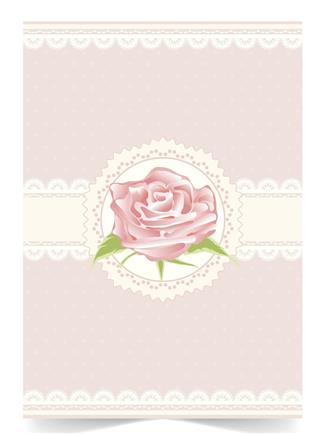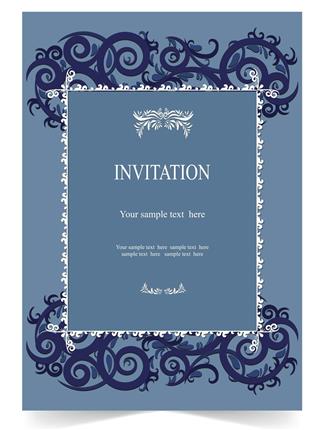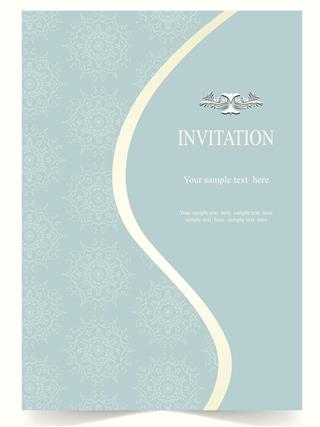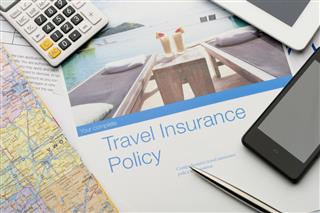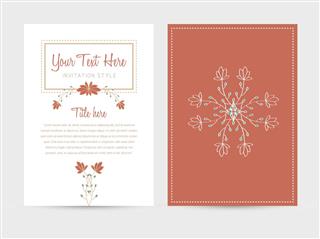
Using a brochure is the best way to reach a large audience for advertising your product or service. What are the types of brochures in the market? Want to know? Continue reading to get a hang of the brochure varieties in the market.
There are people who choose television, newspaper and other such mediums to advertise their product. But what about those who can’t afford to advertise through these mediums, or who do not want to use them? A brochure in such cases, can be one of the best options for advertising. Let us know something about a brochure before moving on to its types. It is, in simple words, is a booklet or a magazine used for advertising any product or service. It contains pictures and information about the product or service, as well as information about company.
The factors that should be considered while designing a brochure are its appearance, the message given and the description. It is definitely cheaper than the mediums mentioned above, and also easier to make. Since there are so many products and services that need marketing, there are different brochures available for each requirement. Let us find out the types from which you can choose a suitable one for your purpose.
Classification of Brochures
Brochures are classified according to the layout or the format of the brochure, and the end use of the company. We will try to understand each of these types.
According to Format and Layout
Types of Brochures

These brochures are fairly uncommon, but can have a great impact when used correctly. The reason they are used rarely is their cost. So they are mostly used for high-end marketing. These brochures are made of high quality paper that make them durable and reach the targeted customer/client in good condition. The impact of this brochure is such that readers keep it for a longer time and there is a higher possibility of it being distributed to others, multiplying the number of customers. As a unique feature, the inward folding of this brochure makes it compact and easy to carry. The eight panel structure of this brochure provides the designer with ample space to provide information and images of the product or service in detail.

As the name suggests, it has three folds and you can call it the next version of the bi-fold brochure. These brochures provide you with enough space to present your information as it creates six panels. These are very common type of brochures because of their low cost. They are easier to carry and have the capacity to impress the person reading it.

It is the most common type of brochure being used by many companies as it is fairly inexpensive to print. They are folded in half, forming four panels, the front cover, the back cover and two internal panels. It is simple hence, easy to scan through the information. An advanced version of bi-fold brochure is the booklet. In a booklet there are multiple pages and it looks more like a magazine. This type of brochure is useful for companies that produce many goods and need more space for advertising.

A leaflet brochure or a flyer is different from other types because they are used for targeting a large number of people. Since leaflets are also a commonly used item, you should be unique in your design and overall presentation. The number of pages in a leaflet or a flyer is just one and hence, it is cheaper to print and also reader-friendly, in the sense that the information is concise and to the point, and this is what a consumer expects.

These brochures have an additional feature of folders within the brochure. It is useful to store a feedback form, or an enrollment form, in some instances which can be filled on-the-spot by the customer.

This brochure goes by its name and folds into a ‘Z’. The Z fold gives an extravagant look to the brochure and will leave the reader thoroughly impressed. It looks like an accordion (musical instrument) and its advanced version which comes with more folds is called an accordion fold brochure. They allow the company to represent their selling propositions in great detail, as there are three panels in a Z fold brochure. It is also a good alternative to a tri-fold brochure.
According to the Intended Use
Along with the format, a brochure must be reader-friendly and it should also be able to present the qualities and abilities of the product/service. Here are few types classified according to the intended use of the company/service while designing a brochure.
Response Brochures
These are, in a way, an answer to the customer’s inquiries and are appropriate for customers who have already shown interest in the products. These customers just want additional information about the product to confirm their purchase. Hence, the aim of these brochures is closing the sale rather than attracting the customer.
Check out Brochures
These are counter brochures which can attract a first-time customer and turn him into a regular one. When people are paying for their purchase, they can pick up these brochures and learn more about the products and services. It is very important to have an attractive front page for these brochures, otherwise people won’t notice it.
Direct Mail Brochures
When you want your potential customer to know about new products, or any additional features of a company, a mail brochure is sent that contains a marketing letter and a sample brochure, containing additional information about the products and company’s abilities.
All in all, a company’s image lies in the way it is marketed and how people perceive it. An attractive and cleverly designed brochure can go a long way in increasing sales and customers.

